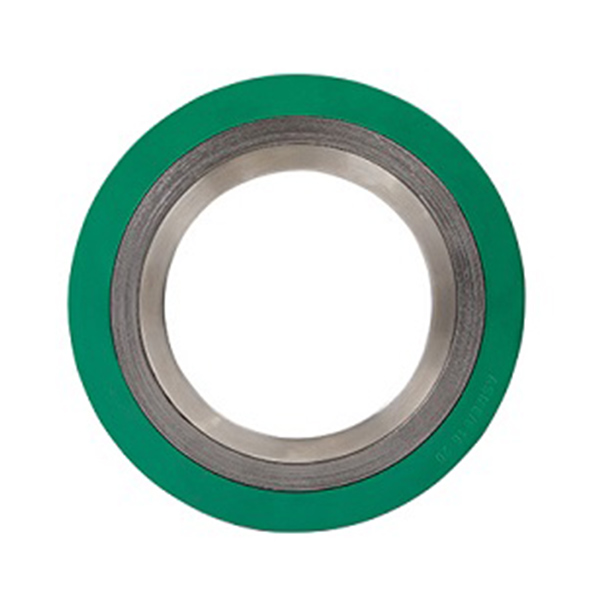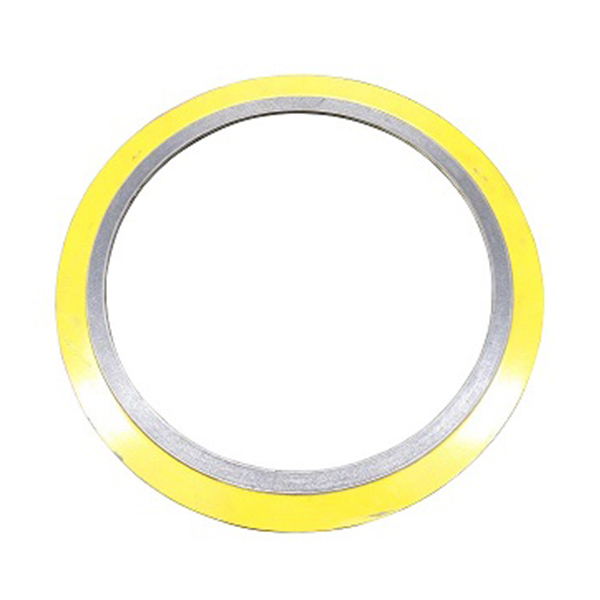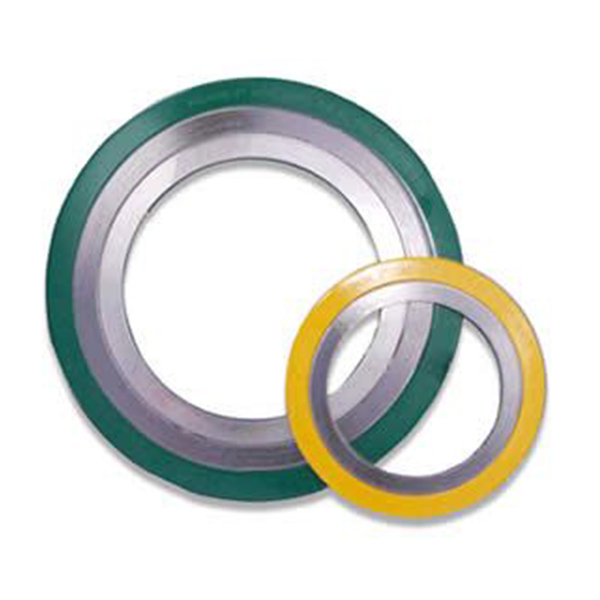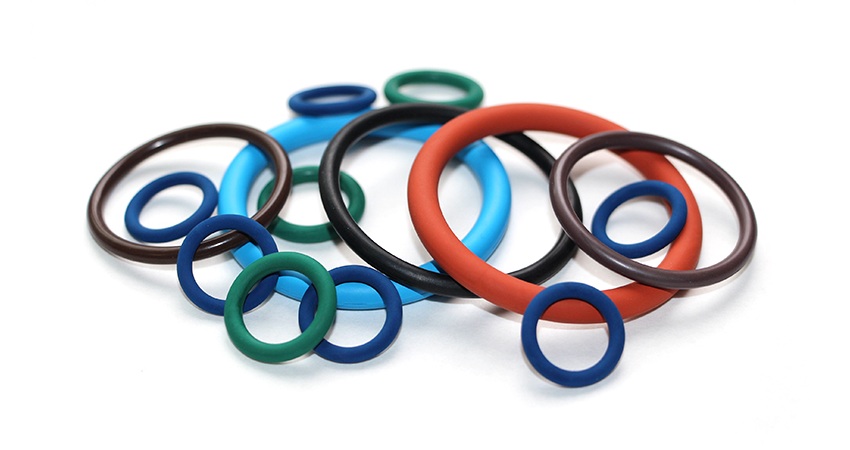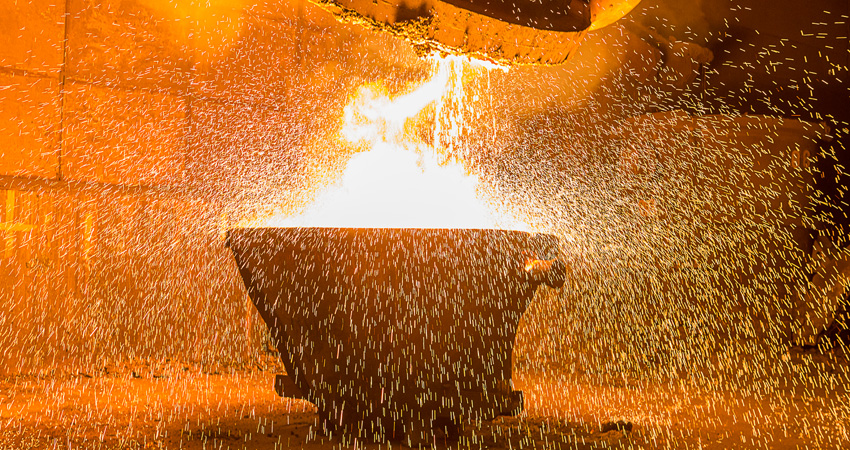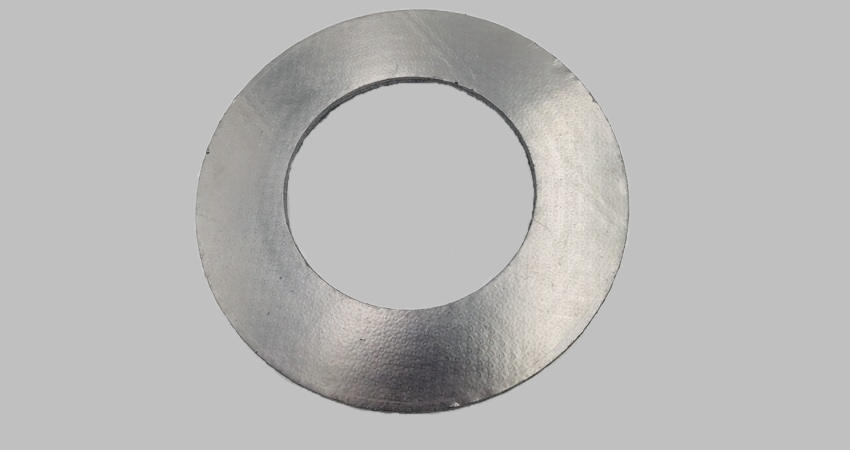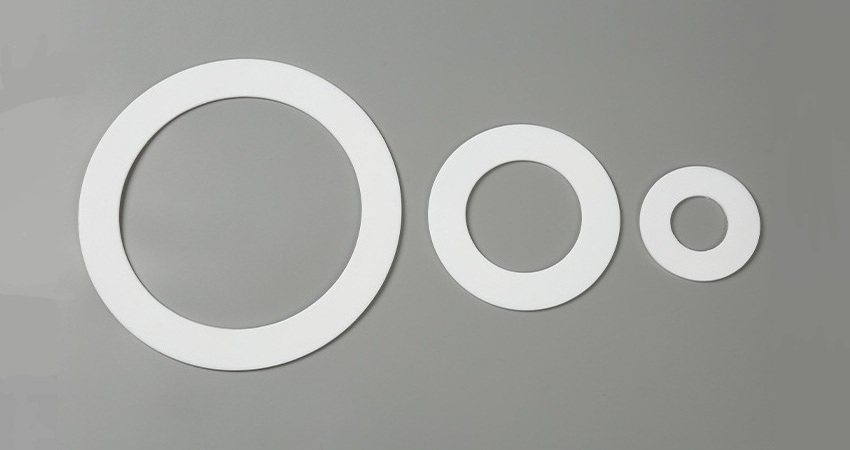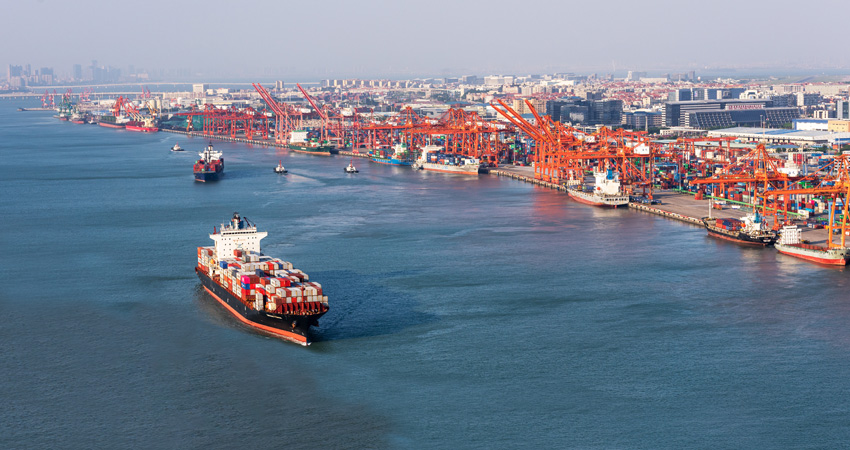Ceramic Fiber Gaskets
What Are Ceramic Fiber Gaskets?
Ceramic fiber gaskets are high-temperature sealing materials composed of inorganic ceramic fibers, binders, and fillers, designed to withstand extreme thermal environments. They are widely used in industrial applications where heat resistance, thermal insulation, and effective sealing are critical. These gaskets are manufactured through a process involving fiber formation, needling or weaving, and compression to achieve desired density and thickness. The primary component is alumina-silica ceramic fiber, which provides exceptional stability and performance under continuous exposure to temperatures up to 2300°F (1260°C), making them ideal for furnaces, boilers, turbines, and exhaust systems.
Key Features and Benefits
- Exceptional thermal resistance, handling temperatures from -100°F to 2300°F (-73°C to 1260°C)
- Low thermal conductivity, ensuring efficient insulation and energy savings
- Excellent chemical stability against most acids, alkalis, and oils
- High tensile strength and resilience under compression loads
- Resistance to thermal shock and rapid temperature changes
- Lightweight and flexible, easy to cut and install for custom applications
- Non-combustible and asbestos-free, meeting safety and environmental standards
Product Parameters and Specifications
Our ceramic fiber gaskets come in various grades and sizes to meet diverse industrial needs. Below is a detailed table of standard parameters, including material composition, temperature ratings, density, and thickness options. These specifications ensure optimal performance for specific applications, such as high-temperature gasketing, insulation, and fire protection.
| Parameter | Standard Value | Range | Application Notes |
|---|---|---|---|
| Material Composition | Alumina-Silica Ceramic Fiber | 40-50% Al2O3, 50-60% SiO2 | Provides high purity and thermal stability; may include organic binders for enhanced handling. |
| Maximum Temperature | 2300°F (1260°C) | Up to 2600°F (1427°C) for specialty grades | Continuous use; intermittent exposure may allow higher limits. |
| Density | 12 lbs/ft³ (192 kg/m³) | 6-20 lbs/ft³ (96-320 kg/m³) | Higher density offers better compression resistance and sealing; lower density improves flexibility. |
| Thickness | 1/8 inch (3.2 mm) | 1/32 to 2 inches (0.8 to 50.8 mm) | Custom thicknesses available for specific gap-filling needs. |
| Thermal Conductivity | 0.5 BTU·in/(hr·ft²·°F) at 1000°F | 0.4-0.7 BTU·in/(hr·ft²·°F) | Measured at mean temperature; lower values indicate better insulation. |
| Tensile Strength | 25 psi (0.17 MPa) | 10-50 psi (0.07-0.34 MPa) | Varies with density and fiber orientation; important for mechanical durability. |
| Compression Recovery | 80% | 70-90% | Percentage of original thickness after compression; critical for long-term sealing. |
| Chemical Resistance | Resistant to most chemicals | Except hydrofluoric acid and strong alkalis | Suitable for environments with exposure to oils, solvents, and mild acids. |
Applications of Ceramic Fiber Gaskets
Ceramic fiber gaskets are versatile and used across multiple industries due to their robust properties. Common applications include:
- High-temperature gaskets for industrial furnaces and ovens
- Insulation seals in power generation equipment, such as turbines and boilers
- Exhaust system gaskets in automotive and aerospace industries
- Fire protection and safety seals in building construction
- Sealing for chemical processing equipment resistant to corrosive environments
- Gaskets in household appliances like stoves and heaters
These applications benefit from the gasket's ability to maintain integrity under thermal cycling and mechanical stress, ensuring safety and efficiency.
FAQ: Frequently Asked Questions About Ceramic Fiber Gaskets
What are ceramic fiber gaskets made of?
Ceramic fiber gaskets are primarily made from alumina-silica ceramic fibers, derived from melting and spinning natural minerals like alumina and silica. They often include organic or inorganic binders to enhance cohesion and flexibility, and may contain fillers for specific properties like improved compression or chemical resistance. The fibers are processed into mats, papers, or boards through needling or vacuum forming, resulting in a non-combustible, high-temperature resistant material.
What temperature can ceramic fiber gaskets withstand?
Standard ceramic fiber gaskets can withstand continuous temperatures up to 2300°F (1260°C), with some specialty grades handling up to 2600°F (1427°C) for short periods. The exact temperature limit depends on factors like density, thickness, and exposure time. It's crucial to select the appropriate grade based on the application's maximum operating temperature to prevent degradation and ensure longevity.
Are ceramic fiber gaskets safe to use?
Yes, ceramic fiber gaskets are generally safe and asbestos-free, complying with health and safety regulations such as OSHA and REACH. However, during handling or cutting, they can generate airborne fibers that may irritate the skin, eyes, or respiratory system. It is recommended to use personal protective equipment (PPE) like gloves, masks, and safety glasses during installation. Once installed and sealed, they pose no significant health risks.
How do I install a ceramic fiber gasket?
Installation involves cutting the gasket to the required size using scissors, knives, or die-cutting tools, ensuring a snug fit without over-compression. Clean the sealing surfaces thoroughly to remove debris and old gasket material. Apply a high-temperature adhesive or sealant if needed, then position the gasket and tighten bolts or fasteners evenly in a crisscross pattern to avoid distortion. Avoid over-tightening, as it can reduce the gasket's resilience and sealing effectiveness.
Can ceramic fiber gaskets be used in chemical environments?
Ceramic fiber gaskets offer excellent resistance to most chemicals, including acids, oils, and solvents, but they are not suitable for environments with strong alkalis or hydrofluoric acid, which can degrade the fibers. For aggressive chemical applications, it's advisable to consult the manufacturer's chemical compatibility chart or consider gaskets with additional coatings or treatments for enhanced protection.
What is the typical lifespan of a ceramic fiber gasket?
The lifespan varies based on operating conditions, such as temperature, pressure, and chemical exposure. Under normal conditions with continuous temperatures below 2000°F (1093°C), these gaskets can last several years. Regular inspection for signs of wear, compression loss, or fiber degradation is recommended to ensure optimal performance and timely replacement.
Are there different types of ceramic fiber gaskets?
Yes, ceramic fiber gaskets come in various forms, including mats, papers, boards, and custom-shaped pieces, each designed for specific applications. Differences lie in density, thickness, and binder content, affecting properties like flexibility, compression resistance, and thermal conductivity. Specialty types may include vermiculite or other additives for improved performance in unique environments.
How do I choose the right ceramic fiber gasket for my application?
Selecting the right gasket involves considering factors such as maximum operating temperature, pressure requirements, chemical exposure, and dimensional constraints. Review the product specifications, including density and thickness, and consult with suppliers or engineers to match the gasket to your specific needs. Testing samples under simulated conditions can also help ensure compatibility and performance.
- View as



